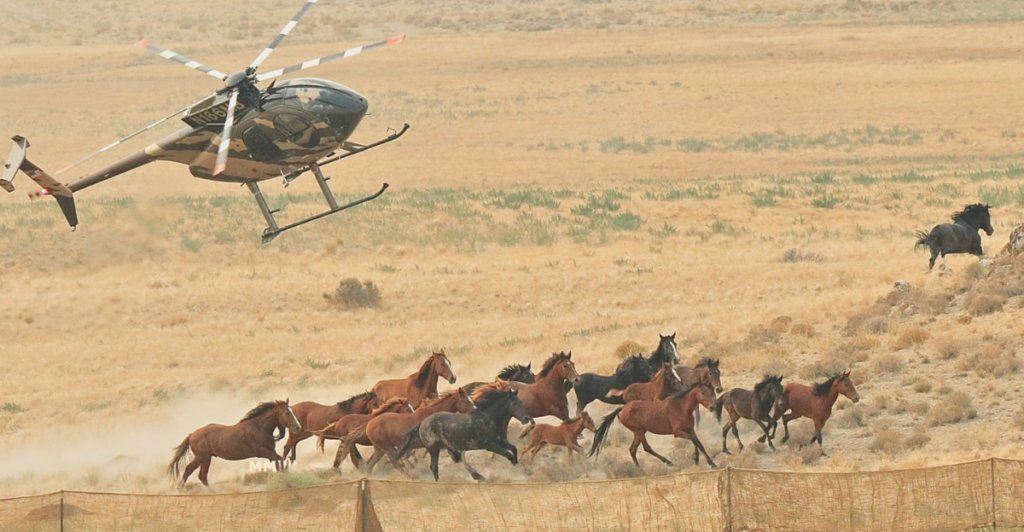
Yes, you read that right. In Spain, wild horses are doing what entire fleets of fire crews struggle with—preventing wildfires. How? By munching through dry brush that usually fuels those monster flames. No hoses, no sirens, just hungry hooves. It’s low-cost, low-drama wildfire management. Now, with fire seasons in the U.S. turning scarier every year, the question is loud and clear: Could America’s own wild mustangs help us out? Let’s break it down.
Spain’s Surprise Strategy—Let the Horses Eat
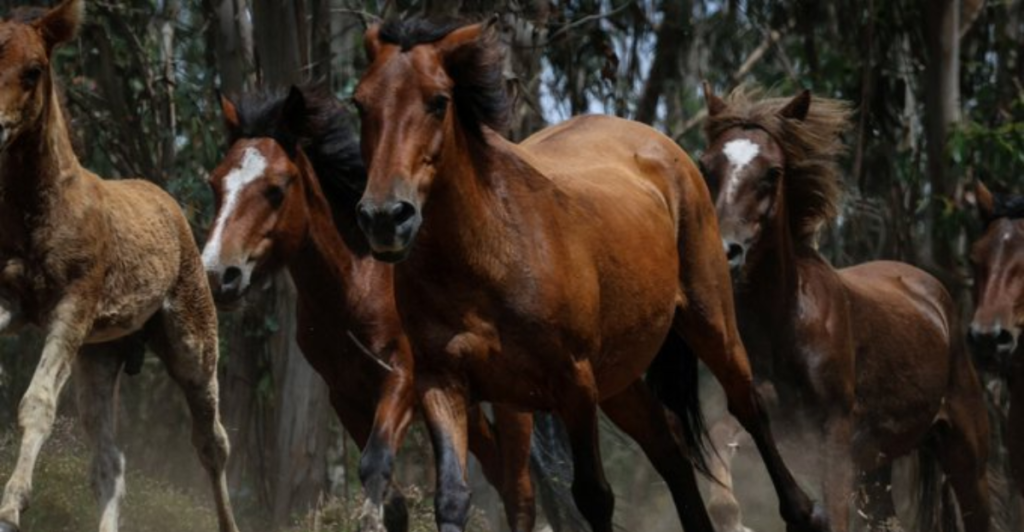
In Galicia, a lush, wildfire-prone region of northern Spain, wild horses are nature’s cleanup crew. These free-roaming grazers devour flammable undergrowth like it’s an all-you-can-eat buffet. Less fuel means fewer fires, and locals say it’s actually working. In areas where wild horses still roam, fire incidents have dropped. But here’s the catch: the horse population has shrunk by more than half since the 1970s. So while they’re doing a killer job at fire prevention, they’re now facing extinction. Yeah—it’s a weird, bittersweet win. Still, the model has sparked global interest. And across the Atlantic, some Americans are thinking, “Why not here?”
America’s Fire Problem Is Blazing Out of Control
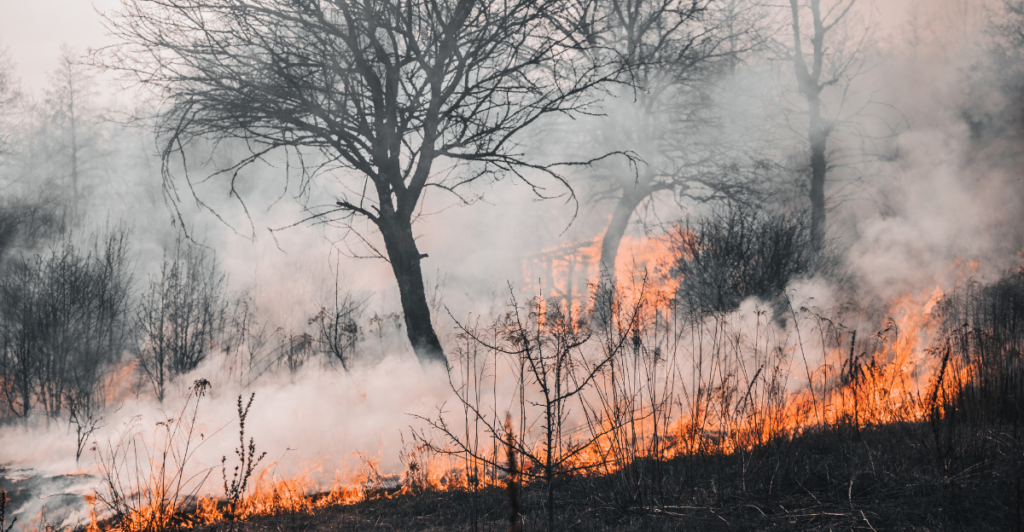
Let’s be real—wildfires in the U.S. are getting apocalyptic. We’re talking entire towns wiped out, billion-dollar recovery bills, and smoke drifting across continents. California, Oregon, Colorado, and other fire-prone states are spending massive chunks of their budgets on fire suppression and cleanup. But here’s the kicker: most fires are fueled by dry brush and invasive grasses just waiting to burn. Clearing that stuff out costs time, money, and manpower. If only we had a low-maintenance, all-terrain crew that could eat their way through fire fuel… oh wait—we do. Cue the mustangs.
The U.S. Has 86,000 Wild Horses Just… Waiting
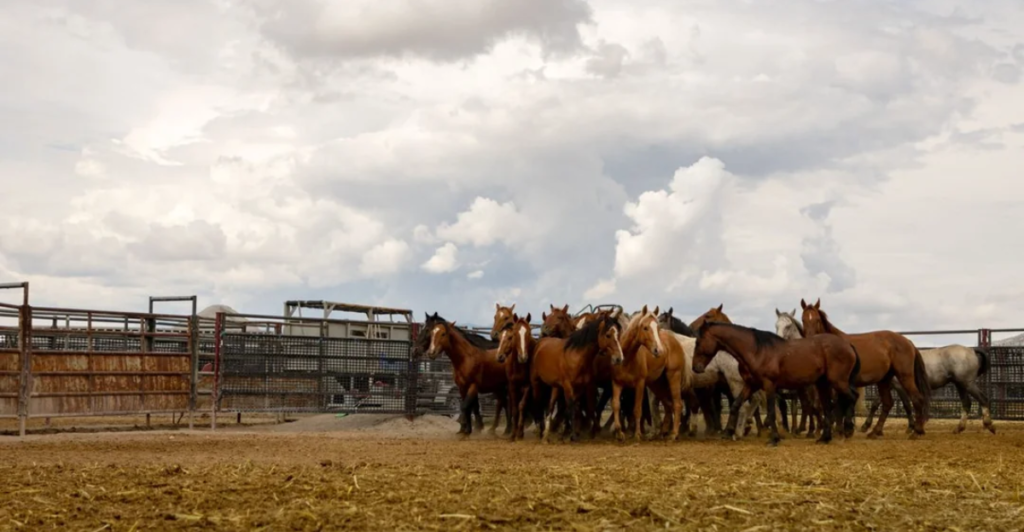
The Bureau of Land Management (BLM) currently oversees around 86,000 wild horses across 10 Western states. And guess what? They’re mostly rounded up and held in holding pens, costing taxpayers millions. Meanwhile, millions of acres of public lands are overrun with flammable brush. It’s a wild (and wildly ironic) disconnect: we’re spending a fortune keeping hungry horses locked up… while paying even more to manage fuel buildup they could be grazing down. Talk about missing the obvious. What if we set the horses loose—not to roam wild, but to work?
Meet the Wild Horse Fire Brigade
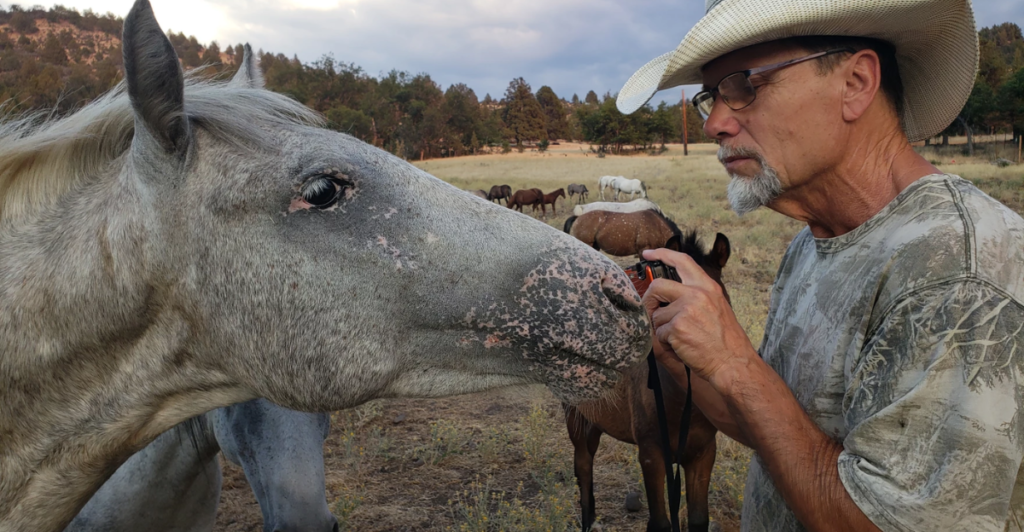
This isn’t a fantasy—it’s an actual proposal. Naturalist William Simpson coined the idea of the Wild Horse Fire Brigade, where wild horses are rewilded into fire-prone public lands to graze down dry, flammable vegetation. Simpson has documented that areas with wild horse herds are noticeably less scorched during fire season. And no, we’re not talking about random, unmanaged chaos. The plan involves targeted grazing in remote, overgrown zones where horses can do their thing without disrupting farms or suburbs. Firefighters like it. Ecologists are curious. Taxpayers? They might love it.
Why It Actually Makes Sense
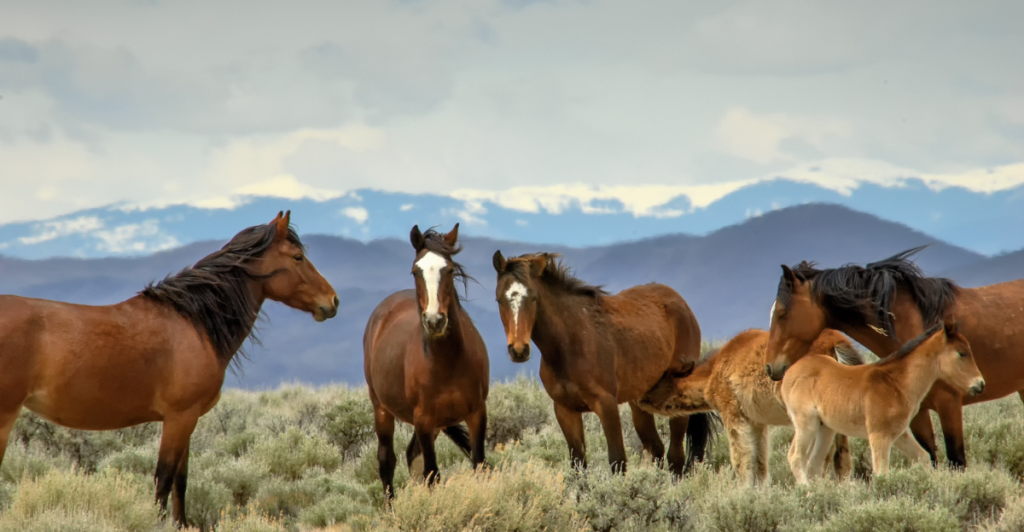
Here’s the beauty of equine-powered fire prevention: horses are hardy. They don’t need shelters, they don’t use gas-powered tools, and they eat exactly what we’re trying to get rid of. They don’t need paychecks, PTO, or fancy uniforms. They reduce fuel loads, help native grasses grow back, and in some cases, even open up wildlife corridors. Unlike livestock, wild horses are built for rugged terrain and won’t trample ecosystems into oblivion. So it’s sustainable, it’s scalable, and let’s be honest—it’s pretty cool to say horses are saving the forest.
The Red Flags We Can’t Ignore
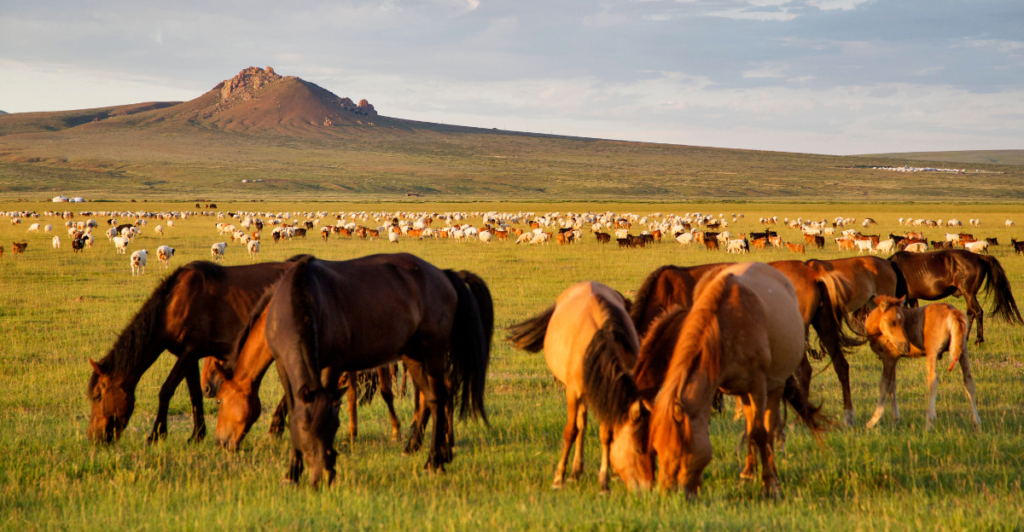
Alright, before we saddle up and declare victory, there are real challenges. Overgrazing is a thing. Too many horses in the wrong places could disrupt native wildlife or compact delicate soils. Plus, some ranchers and conservationists worry about competition with livestock or endangered species. And then there’s the bureaucratic mess—land management across state, federal, and tribal jurisdictions is no walk in the park. So yeah, unleashing wild horses willy-nilly is not the move. It’ll take careful planning, stakeholder input, and serious coordination to avoid trading one problem for another.
Pilot Programs Are Already Happening
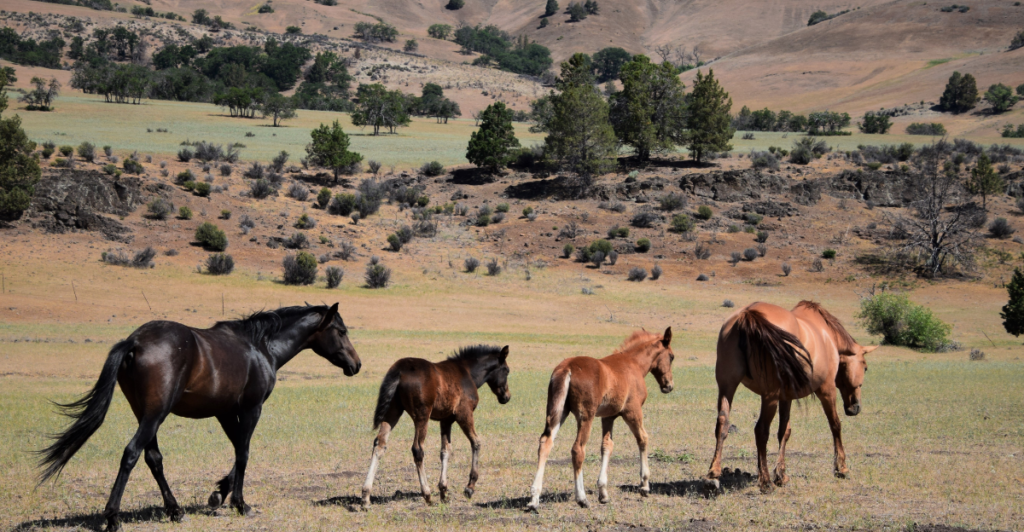
This isn’t just theory—small-scale tests are already underway. In Northern California’s Siskiyou Mountains, observers have seen how wild horse herds are naturally reducing fire risk in steep, rugged areas where machines and people struggle. These test zones are showing real results. And now, advocates are pushing for more pilot programs in fire-prone zones across the West. The data’s early but promising—and the costs are way lower than traditional fire mitigation. If these pilots go well, this idea could go from fringe to front-line in wildfire strategy.
Public Opinion and Policy Could Be the Tipping Point
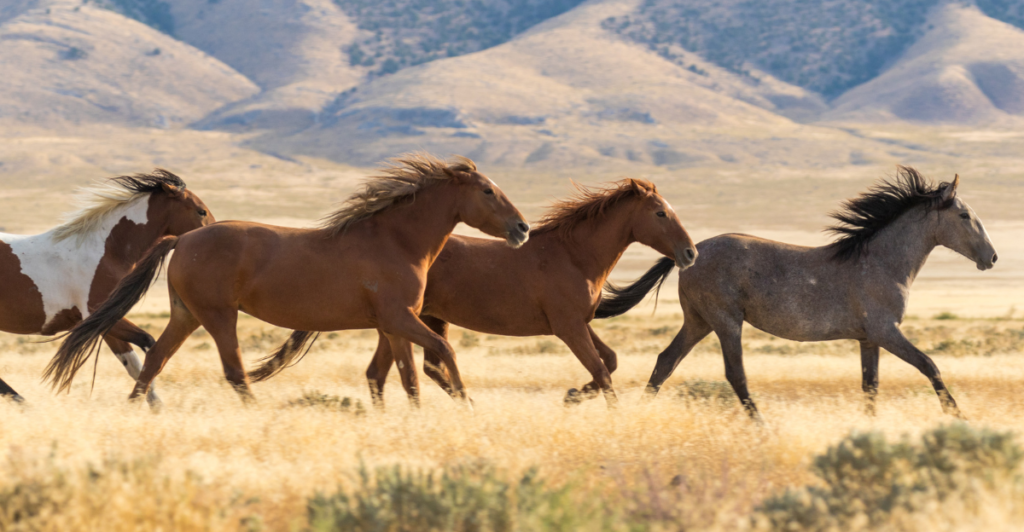
Want this to work? It needs public support. Right now, wild horses are controversial—seen by some as national icons and by others as pests. Changing that narrative could open the door for smarter policy. If lawmakers view horses not as a burden but as a firefighting asset, things could shift fast. Land-use laws would need updates, agencies would need to collaborate, and long-term monitoring would be essential. But if we can turn taxpayer cost into public value? It’s a win-win: safer forests, healthier horses, and fewer fire disasters.
Firefighters on Hooves?
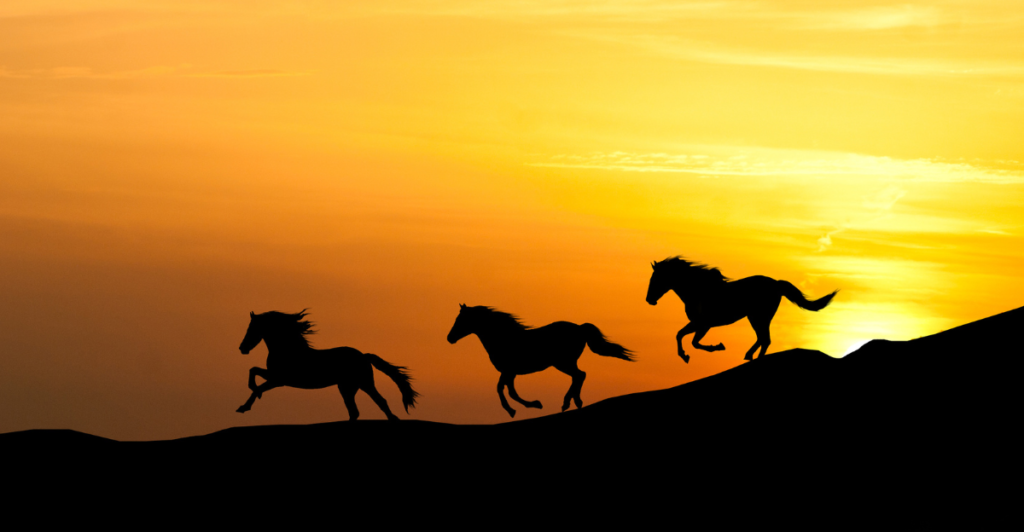
The idea of wild horses helping prevent wildfires isn’t just poetic—it’s practical. It’s nature doing what nature does best, without chemicals, machines, or red tape. Spain is proving it works. The U.S. has the horses, the land, and the fire problem. So why not connect the dots? With the right research, support, and pilot programs, wild horses could become a key part of the wildfire solution. It’s not a silver bullet—but it’s a smart, sustainable tool worth trying out.
Explore more of our trending stories and hit Follow to keep them coming to your feed!

Don’t miss out on more stories like this! Hit the Follow button at the top of this article to stay updated with the latest news. Share your thoughts in the comments—we’d love to hear from you!







